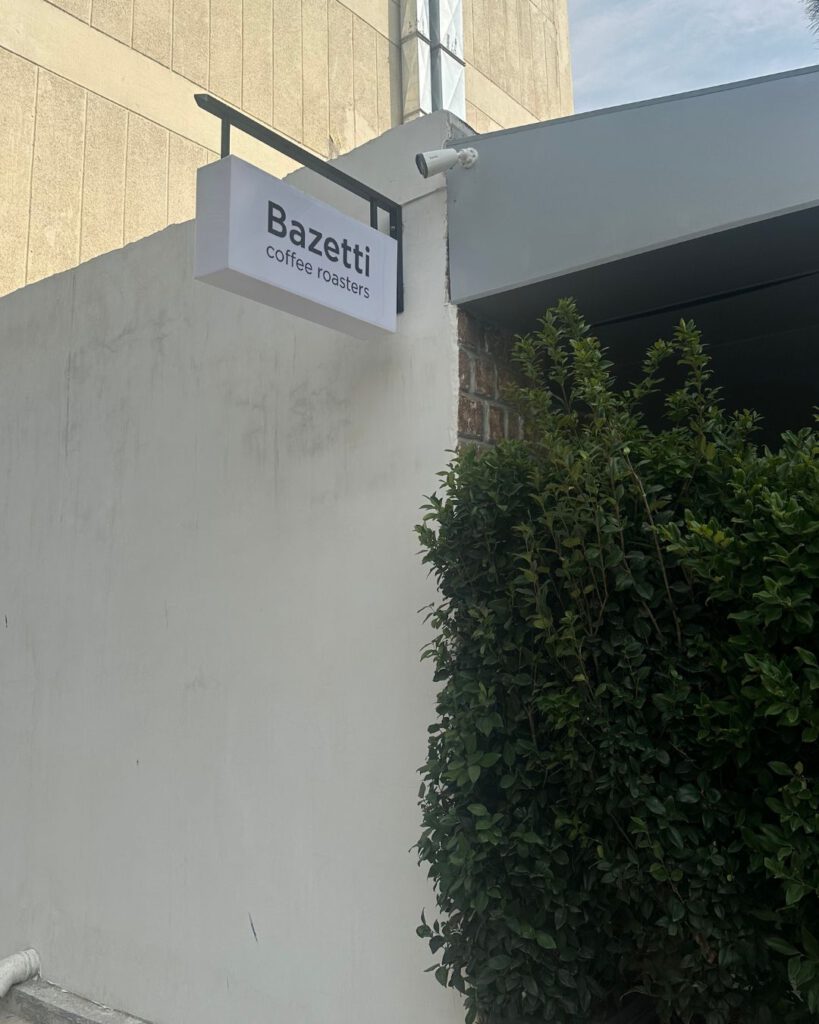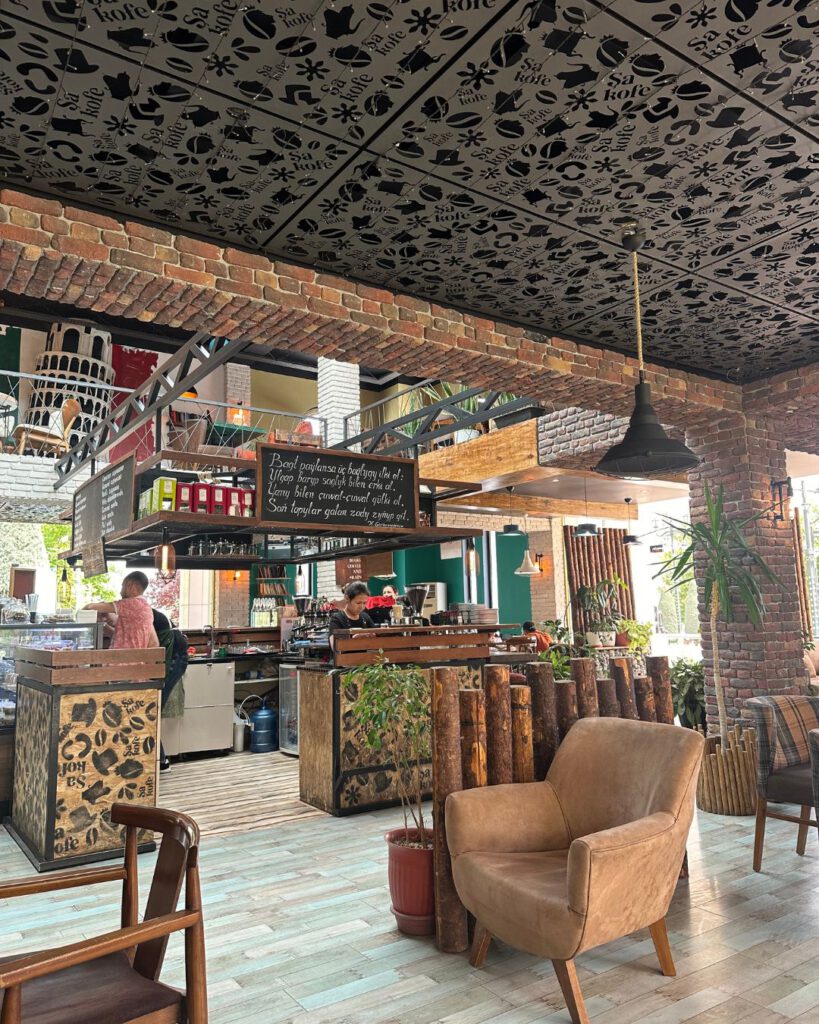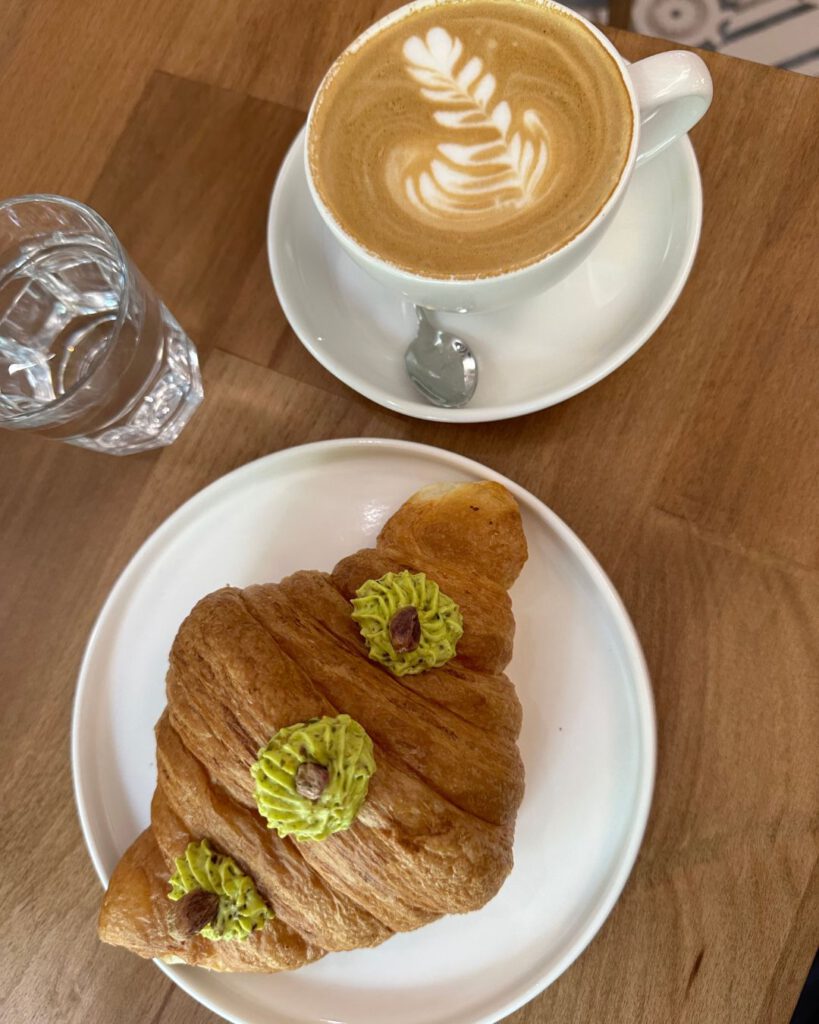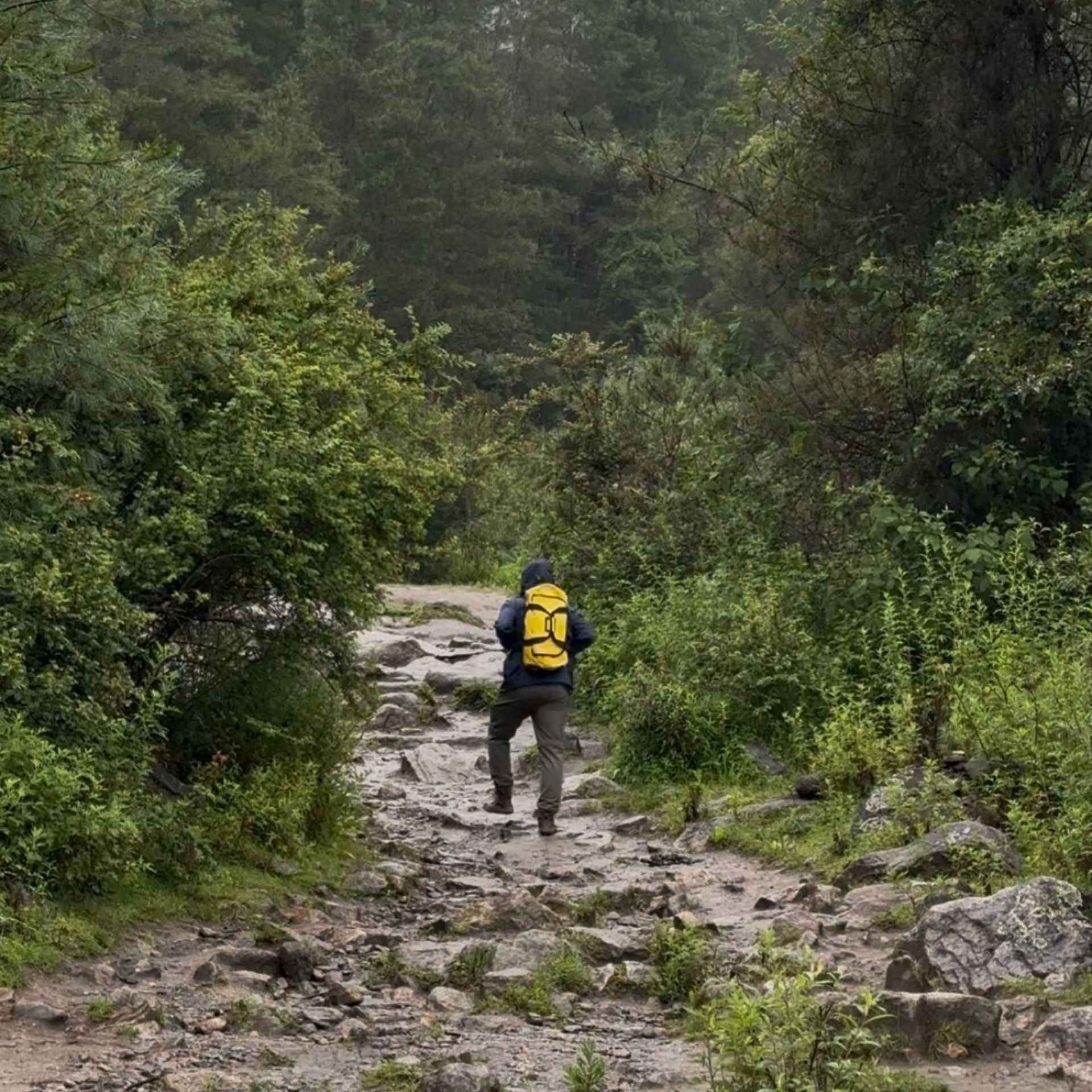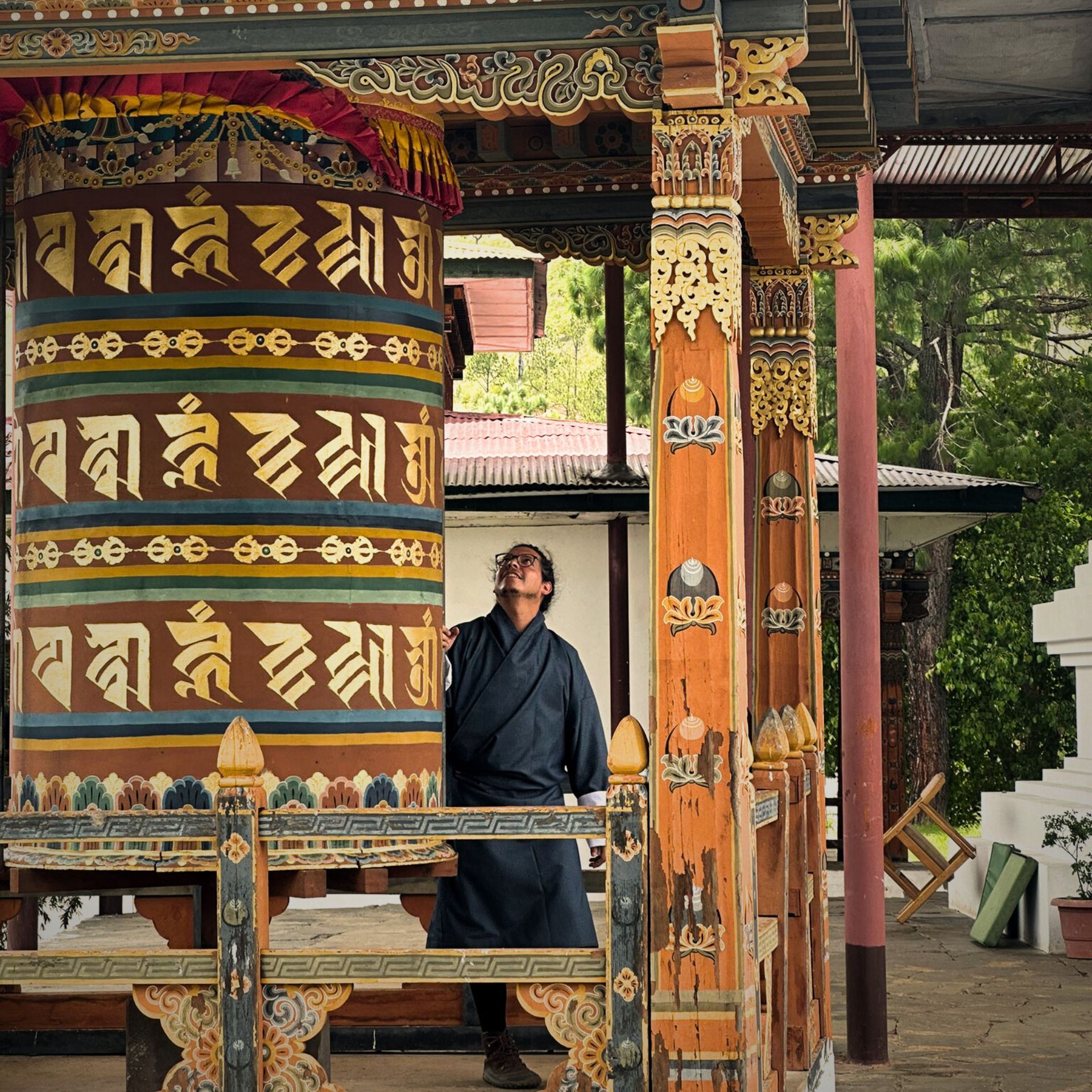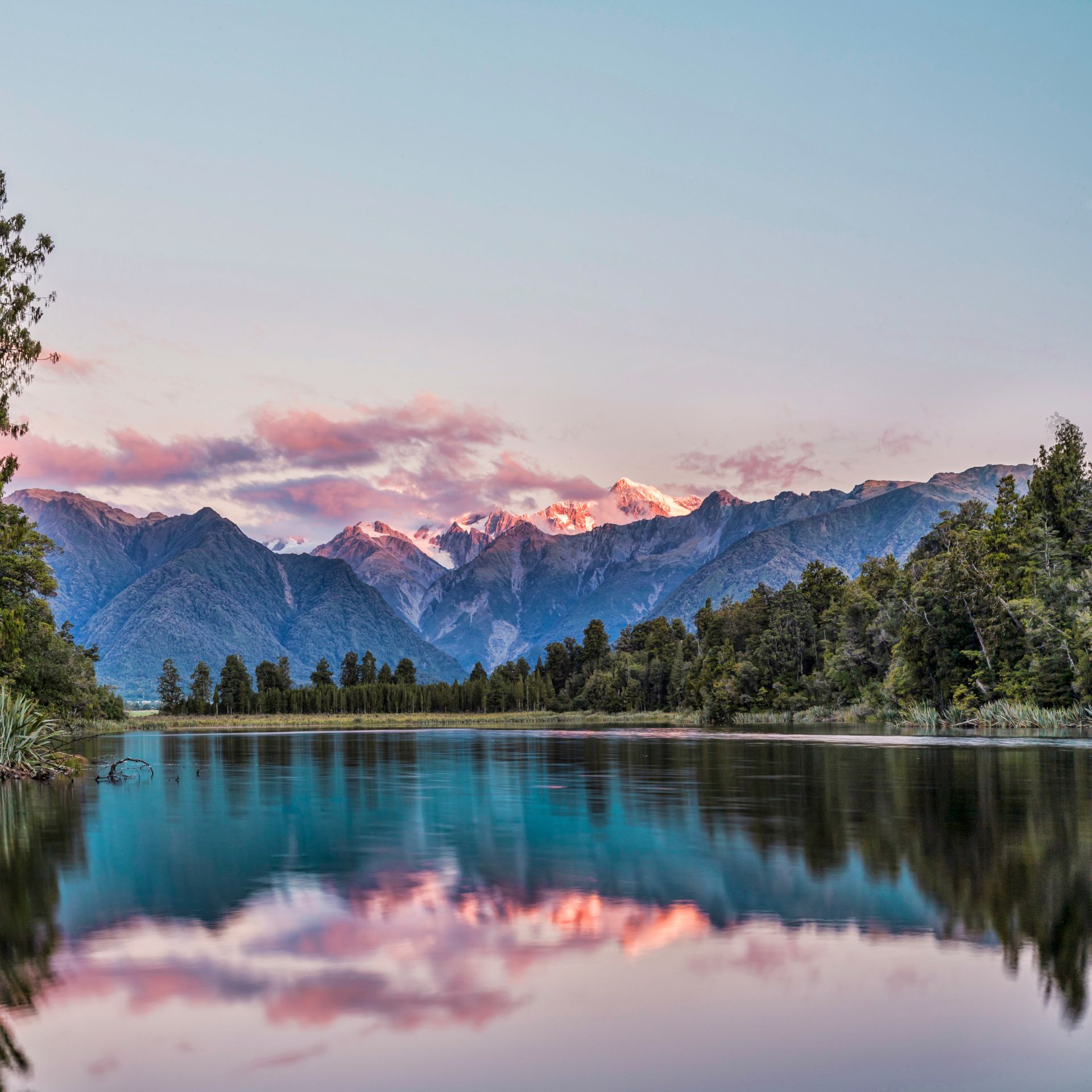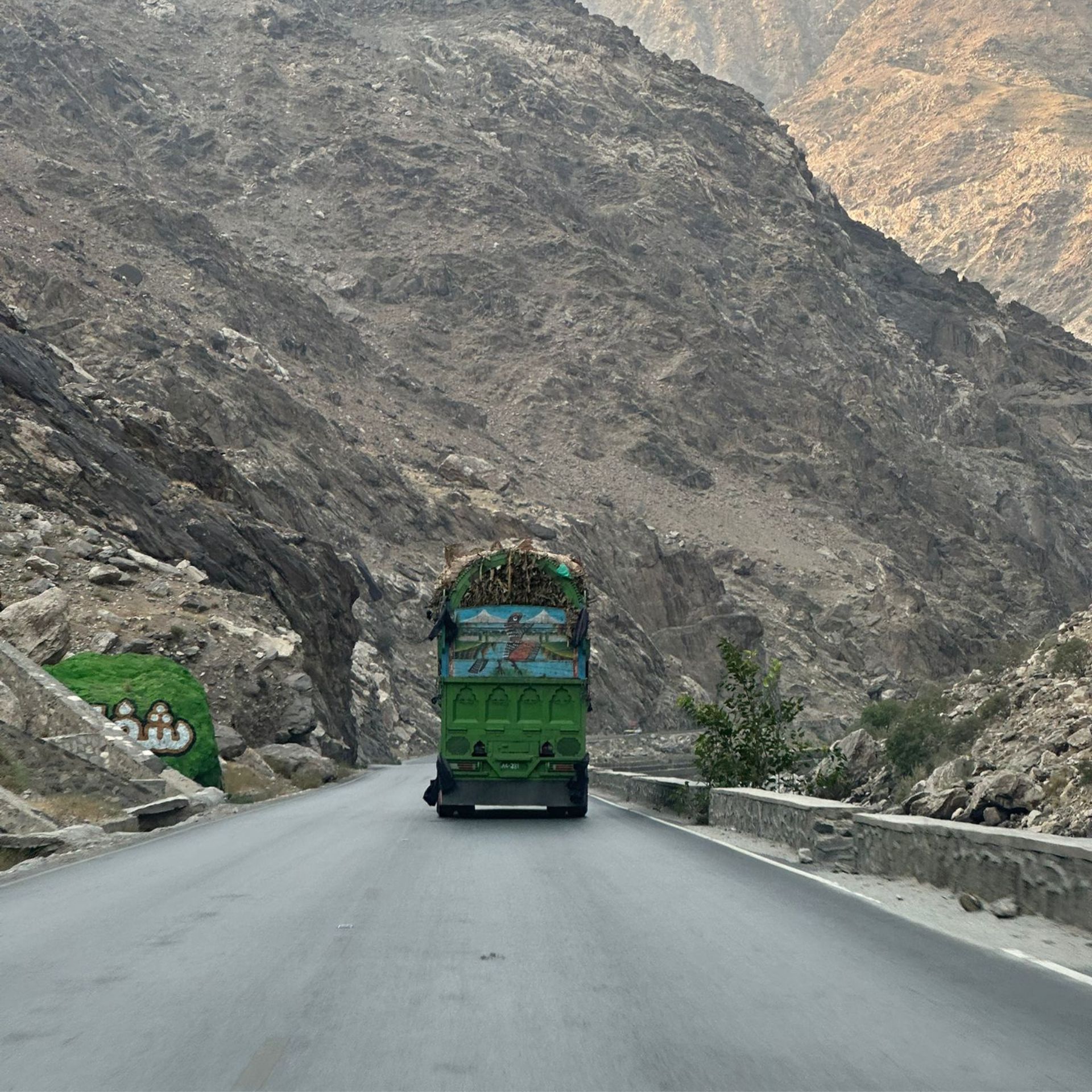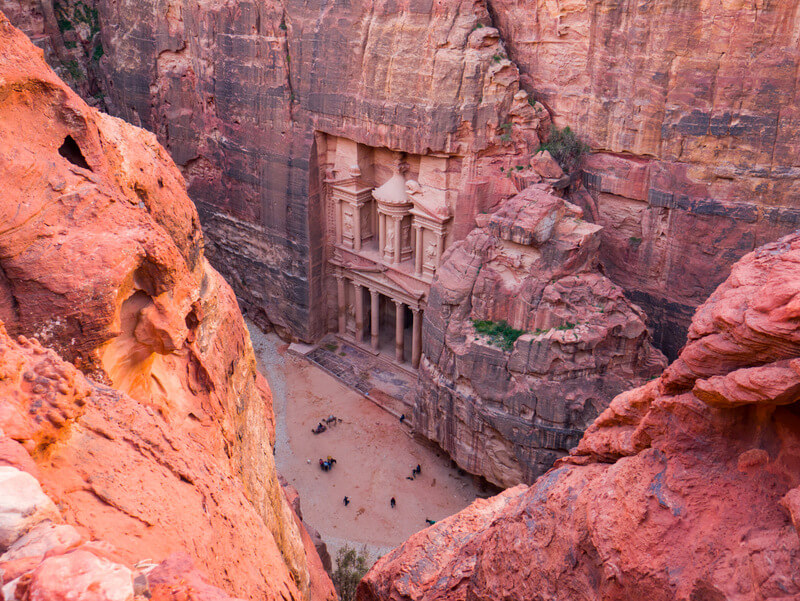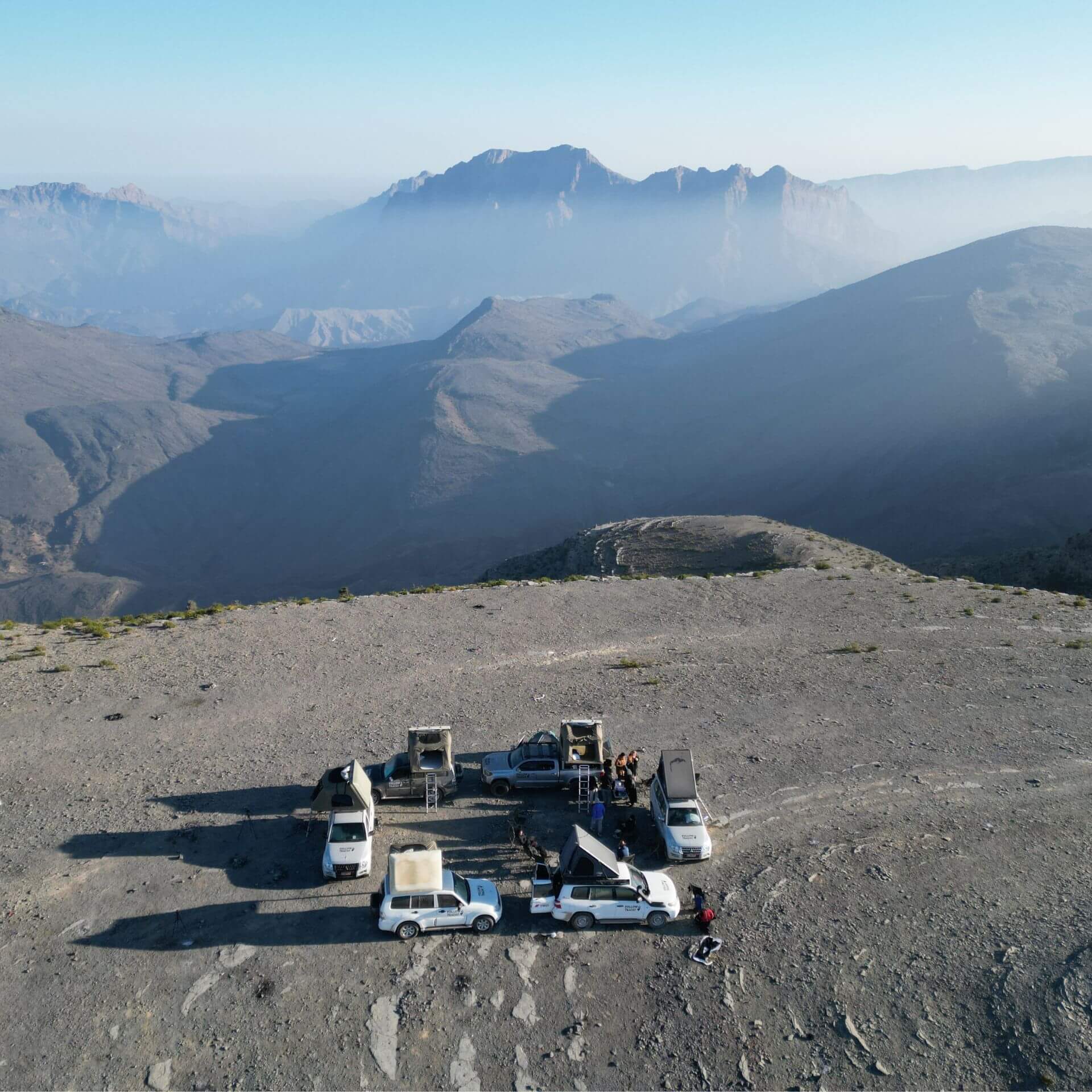The enigma of Turkmenistan is not just about its marble buildings or secretive government; it’s about what lies beyond the stereotypes.
I spent five days in Turkmenistan, a place often labeled to as the “North Korea of Central Asia.” That label didn’t sit right with me, and after a few days, it became clear why.
Turkmenistan is not North Korea; it’s something entirely different—a country shrouded in mystery, yet filled with people eager to open their doors to the curious traveler. What I found in this Central Asian enigma was a place where the strange becomes normal, and the familiar feels oddly out of place.
Forget the rumors about the difficulties of getting a visa (it’s not difficult at all) or the misinformation that travelers will be sporadically detained by the police for hours for taking photographs. Turkmenistan’s uniqueness is unmatched by any country, making it one of the most interesting and off-the-beaten-track destinations for those willing to explore.
Read more: The best 5-day itinerary in Turkmenistan
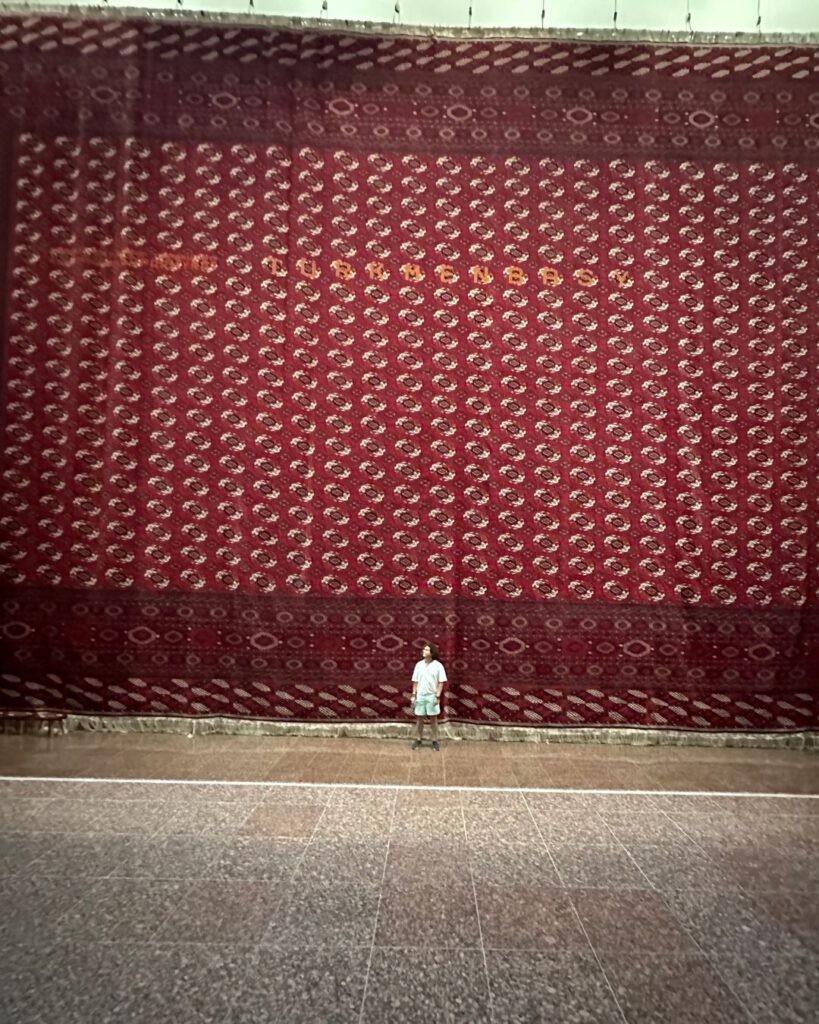
A Land of Contradictions
Let’s get one thing straight: Turkmenistan is no stranger to bad press. It’s often listed alongside countries with questionable human rights records, and while these concerns are real, they don’t paint the whole picture. Turkmenistan is a country where the reality on the ground is often very different from what’s reported abroad. The people here are warm and welcoming, even if their government is secretive and controlling. It’s this duality that makes Turkmenistan such a fascinating place to visit.
Before arriving, I had no idea what was true and what was myth. I heard outlandish things, like beards being banned (they aren’t, by the way) or that beauty salons don’t exist, and true quirks, like Ashgabat being entirely white—which it absolutely is. These contrasts only added to the sense of mystery surrounding the country, making it feel like stepping into a parallel universe, one where the rules you know don’t necessarily apply.
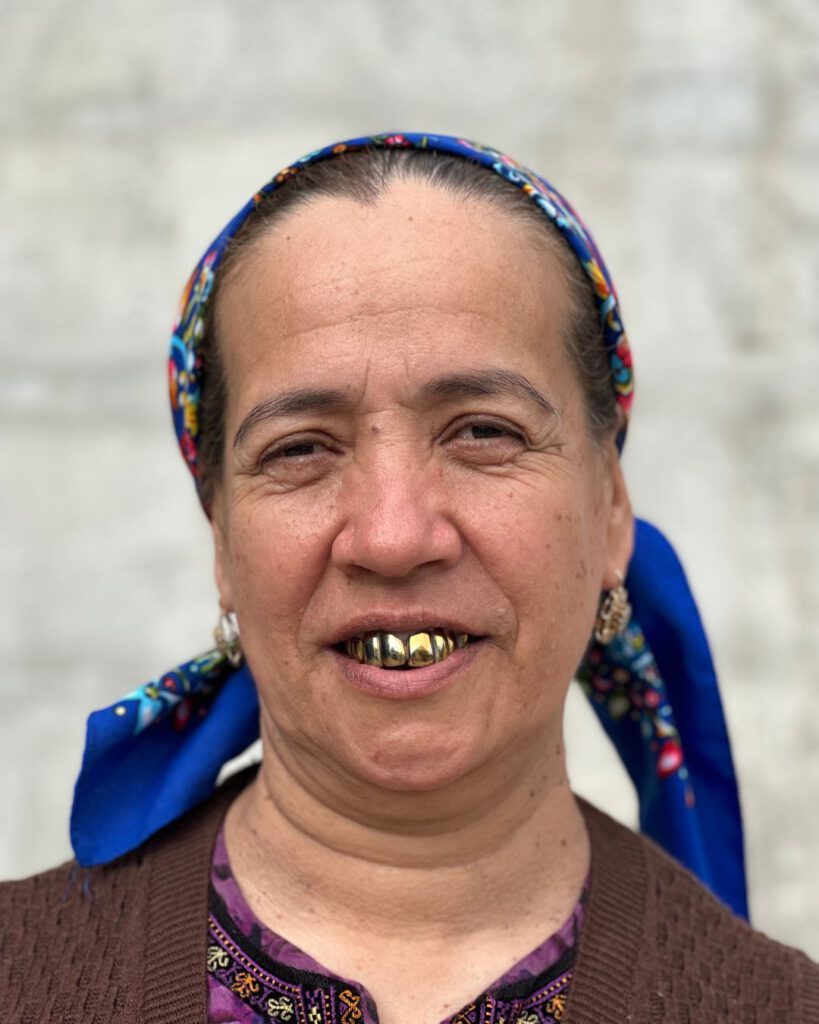
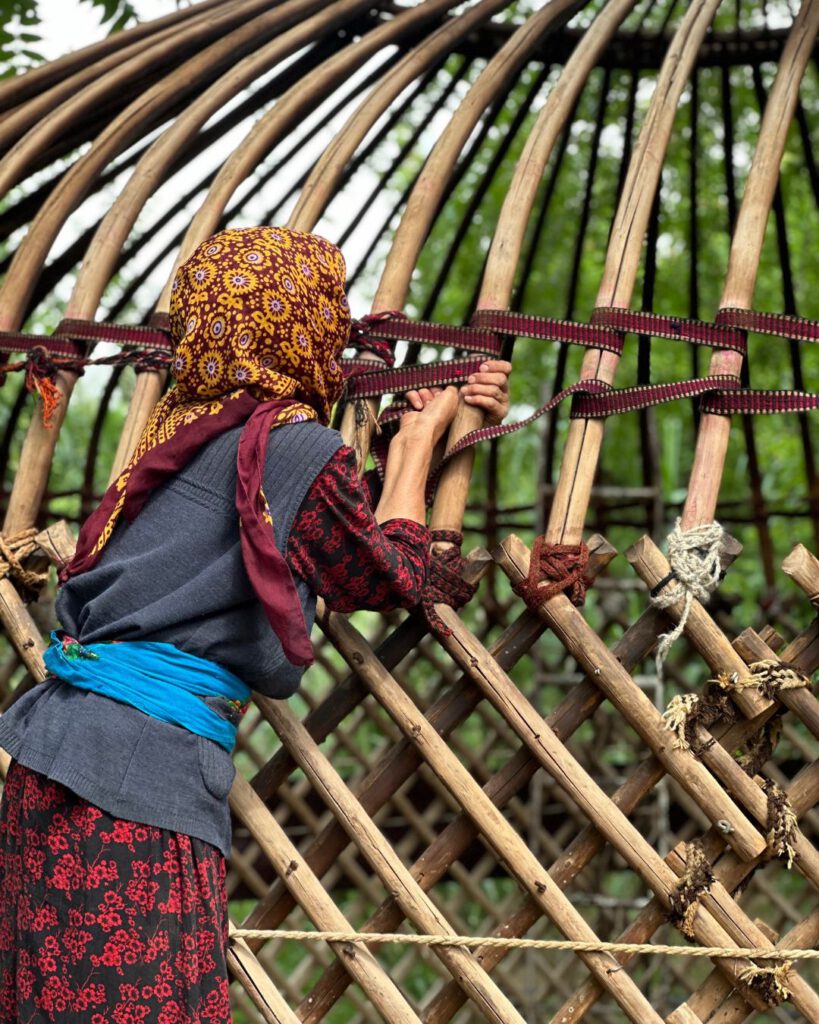
Ashgabat: The Marble City
Ashgabat, the capital city, is where the weirdness reaches its peak—and I mean that in the best possible way. The entire city gleams in white marble, earning it the title of the “whitest city in the world” – whatever it means and only white cars are allowed (something I can oddly and with fully honest confirm). Walking around Ashgabat feels like strolling through a surreal dreamscape. There’s an abundance of grandiose, whitewashed monuments, an eerie sense of order, and streets so clean you’d think no one actually lives here.
But they do, and that’s the beauty of Ashgabat. Beneath the government’s careful orchestration lies a vibrant city, full of life, if you know where to look. On my first day of independent exploration, I wandered into a local craft beer spot—a surprising find in a city not known for its nightlife. I was handed a 3-liter plastic bottle of beer for just 60 cents, and as I sat down, I realized this was the side of Ashgabat no one talks about. It’s moments like this that reveal the true character of the city, one hidden behind its imposing architecture and government-mandated quirks.
Read more: Which Are the Weirdest Buildings and Monuments in Ashgabat?
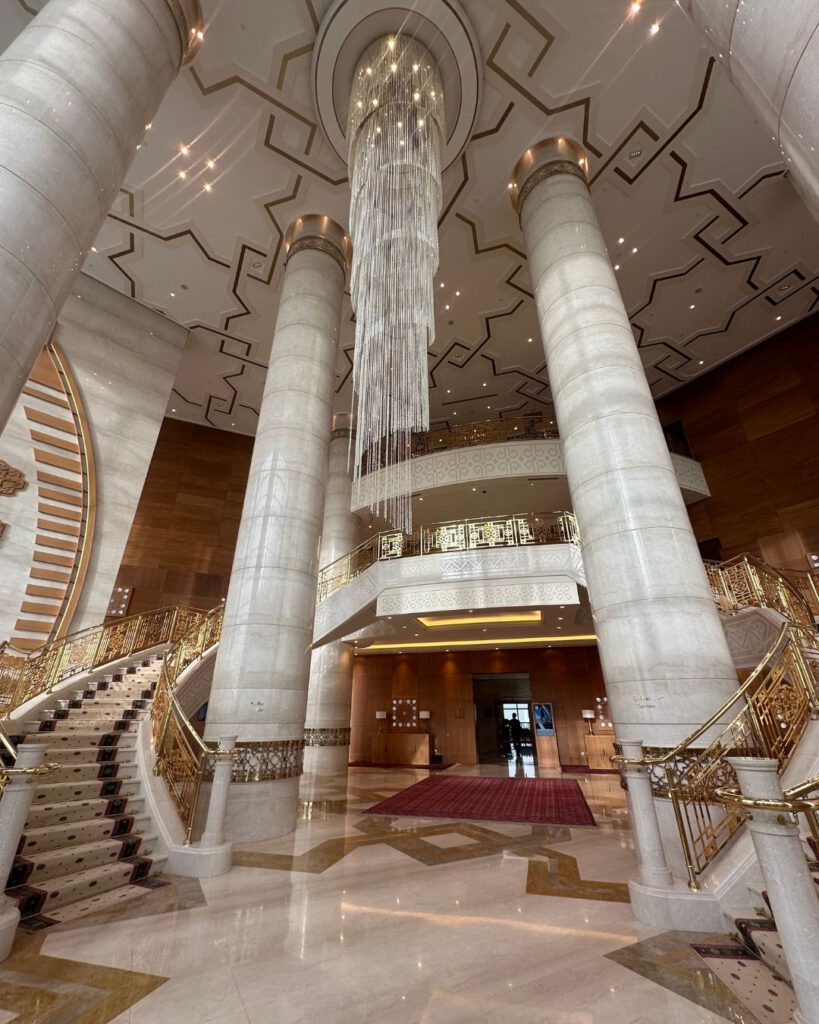
Ashgabat bizarre monuments
If you ever thought about a weird monument or unnecessary building, Ashgabat got it. You’ve got the glittering Arch of Neutrality with a golden statue of the late president rotating on top, and the massive Independence Monument rising proudly into the sky. Everywhere you look, there’s another marble-clad structure or statue, like the golden dog, the weird indoor ferry wheel (even though it’s not a monument), and the countless horse monuments honoring the beloved Akhal-Teke breed. They are both impressive and strange. Even the Earthquake Memorial, which is meant to be somber, feels oddly theatrical with a bull holding up the earth. These monuments add to Ashgabat’s unique charm, making the city feel like a place that’s part history, part fantasy.
Read more: How many blank passport pages do you need to travel to Turkmenistan
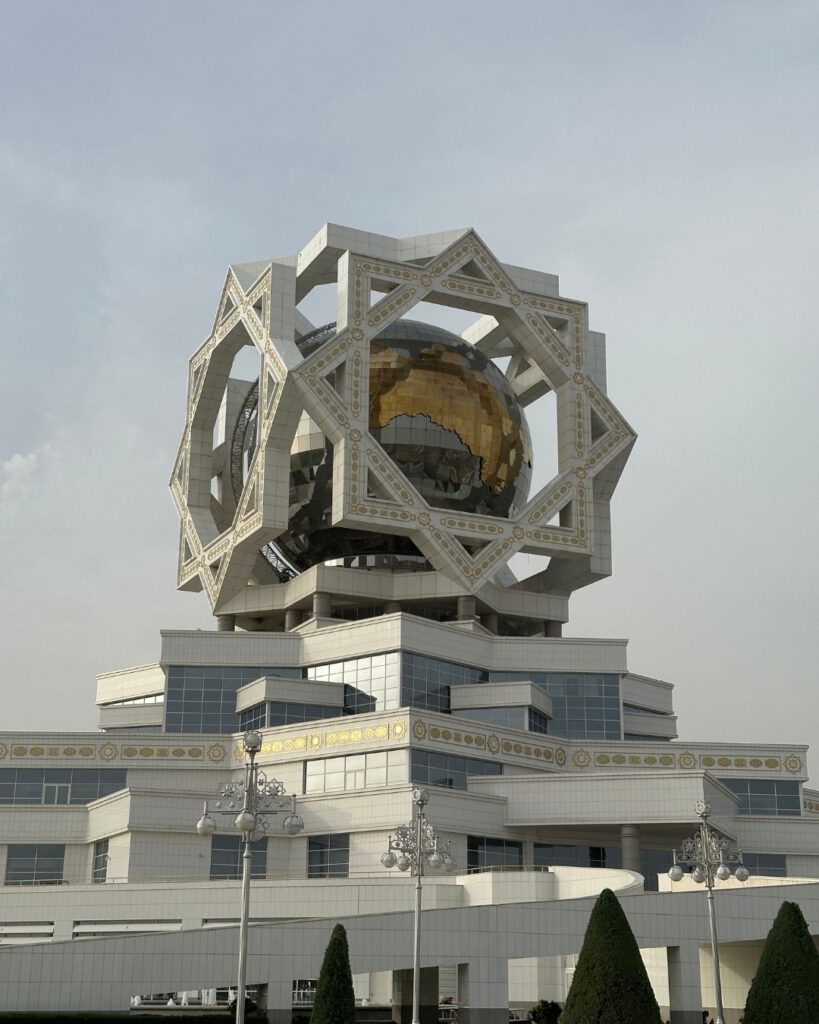
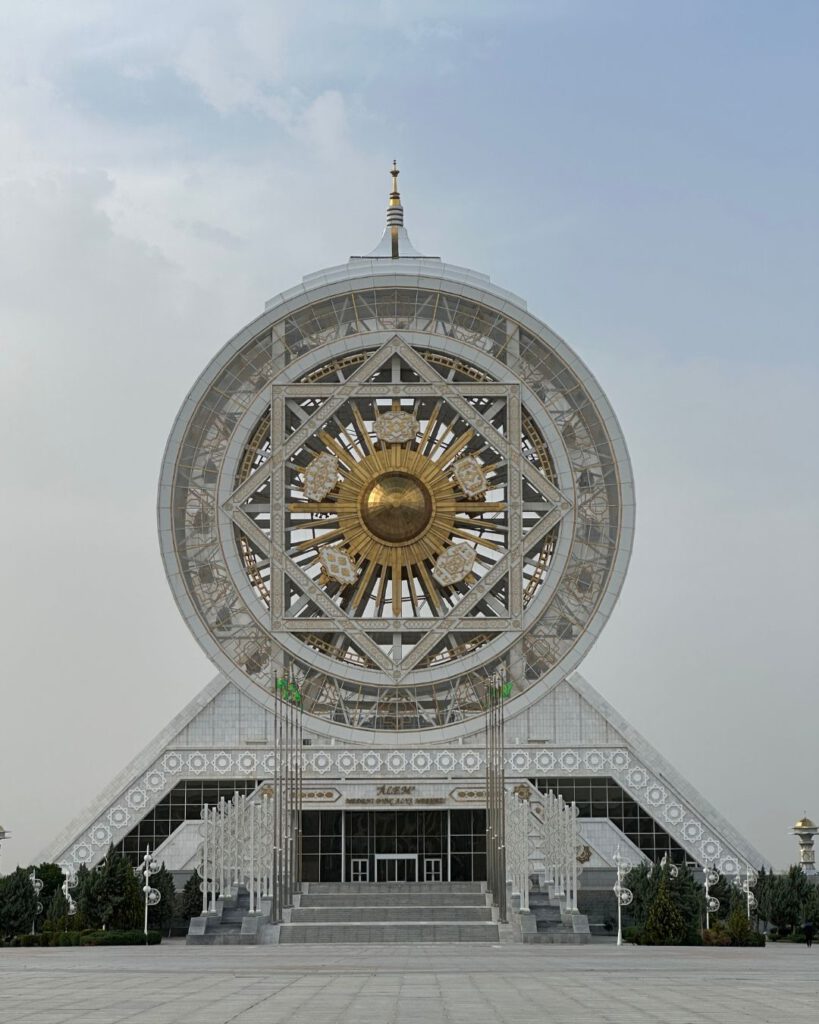
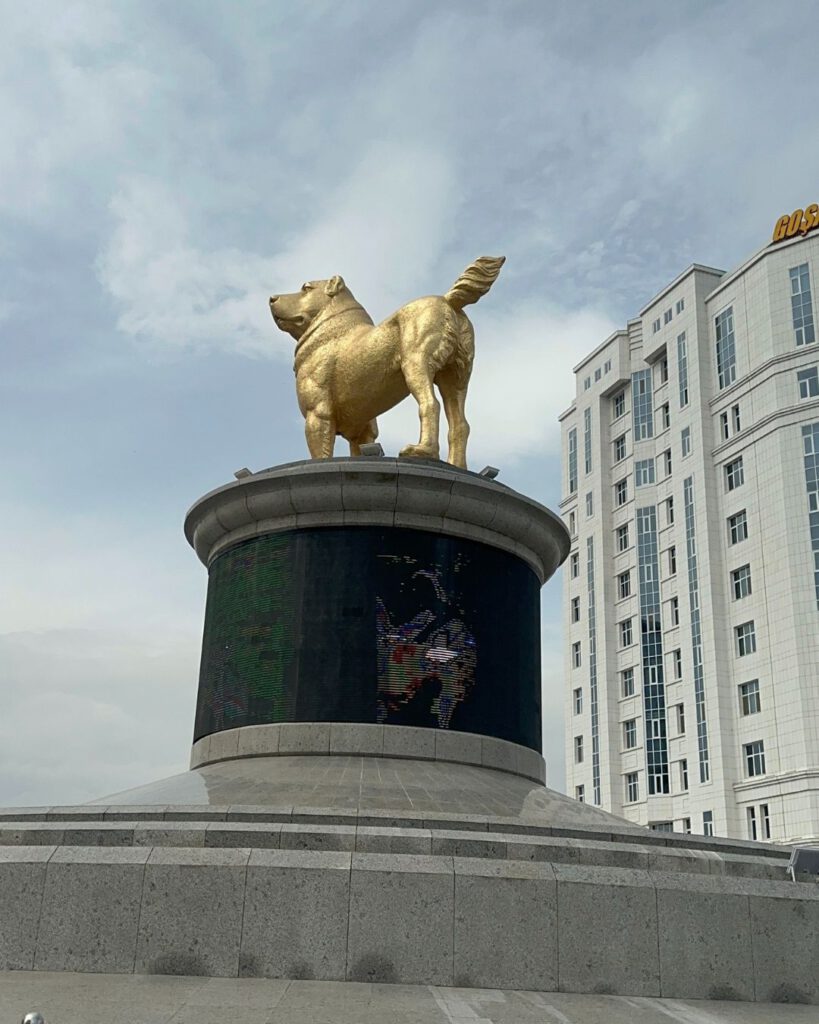
Getting Closer to Local Life
Beneath the towering statues and the white marble, though, lies a vibrant scene. In small cafes and hidden bars, you can find an unexpected modernity. While much of your trip might be spent on organized tours (the safest way to ensure you’re seeing the “approved” sites), there’s room to explore independently. Couchsurfing was a good option for those looking to connect with locals.
Not only that, I’ve heard stories of travelers even ending up attending a wedding—totally unplanned, of course.
Despite the government’s control, stories like these tell you that life in Turkmenistan is full of warmth, spontaneity, and human connection.
Read more: How to stay safe in dangerous countries
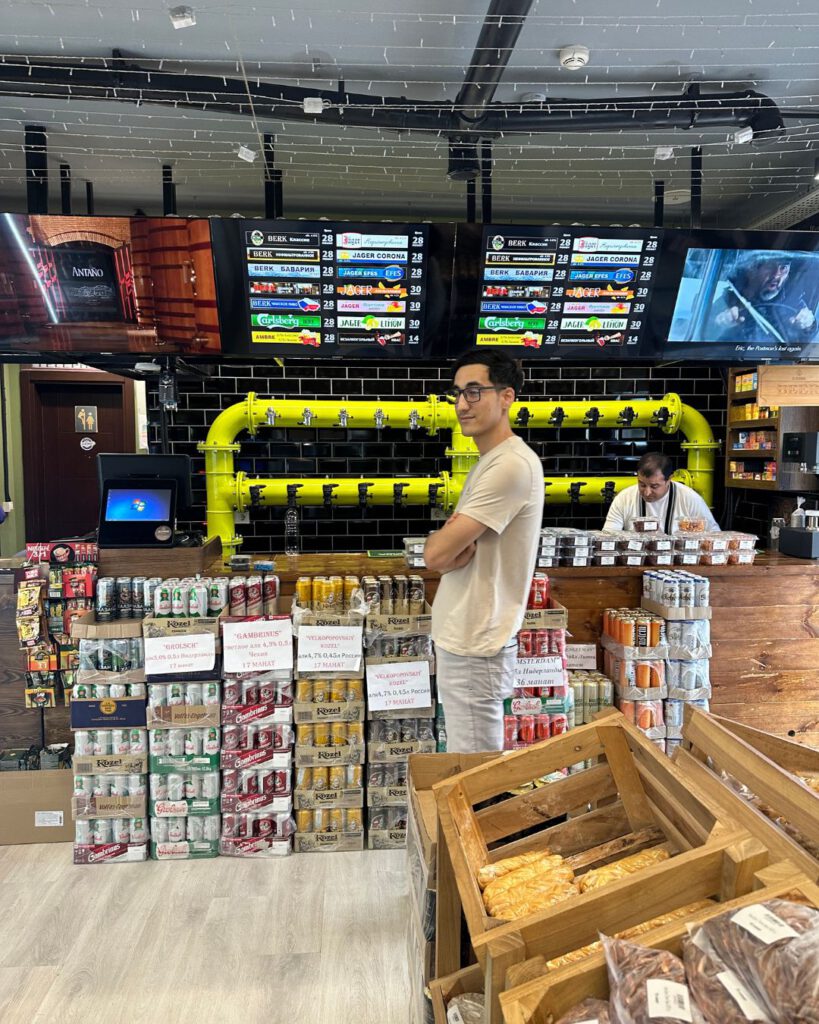
The Two Faces of Turkmenistan
Turkmenistan is a country of contrasts. On one hand, there’s the Turkmenistan the government tries to keep secret, full of rigid controls, empty streets, and surreal monuments. It’s the version that the foreign media loves to report on, focusing on the isolation and restrictions. But there’s also another side—one that’s filled with welcoming people, vibrant cafes, and a surprising depth of culture that you can only discover by being there.
In the end, Turkmenistan isn’t just an off-the-beaten-path destination—it’s an enigma wrapped in white marble, a place where the unexpected becomes the norm, and where every turn reveals something new.
Forget the stereotypes and bad press for a moment; this is a country that offers a journey unlike any other. And that’s precisely what makes it so intriguing.
Read more: How to plan a trip to Turkmenistan
